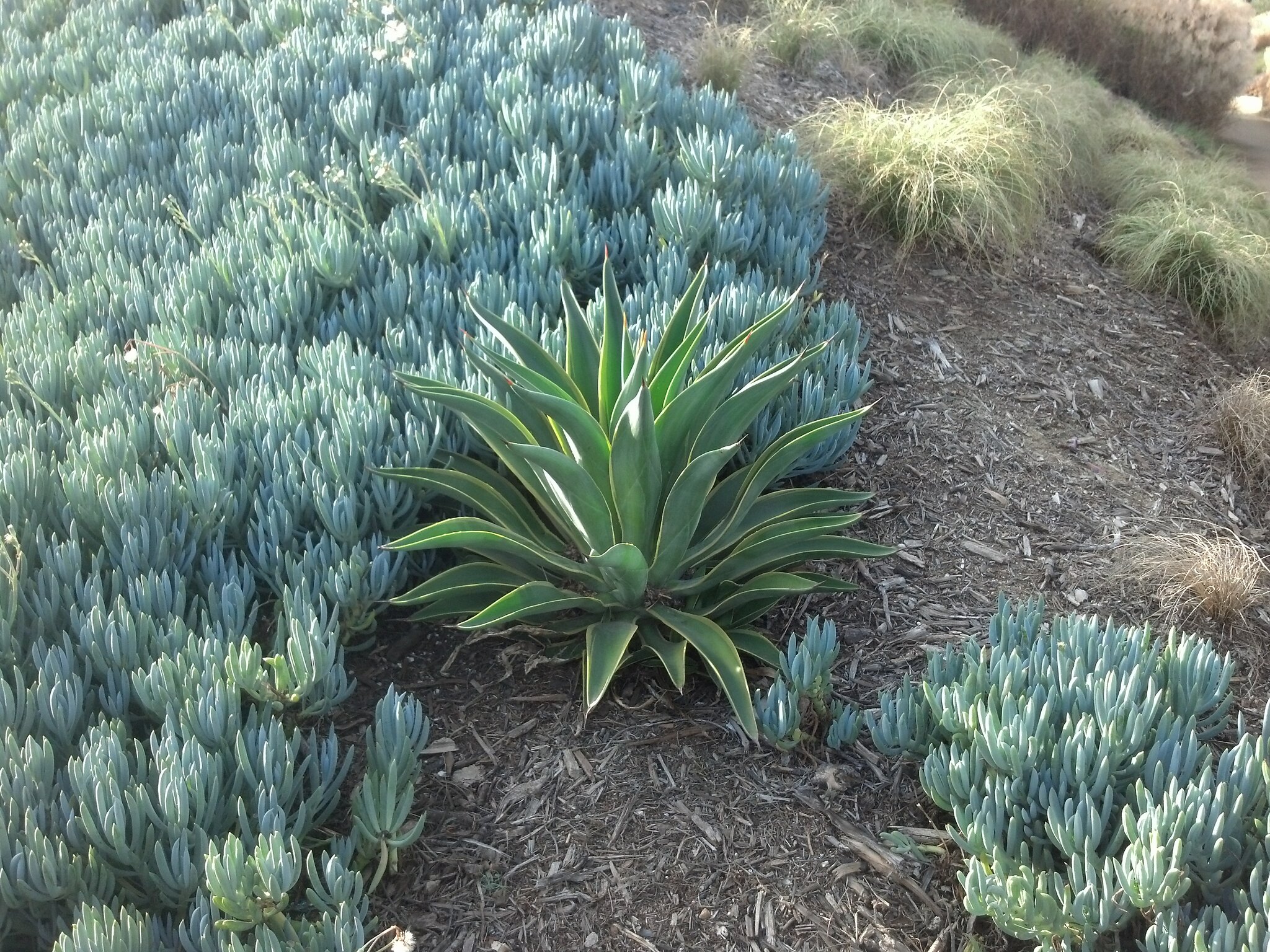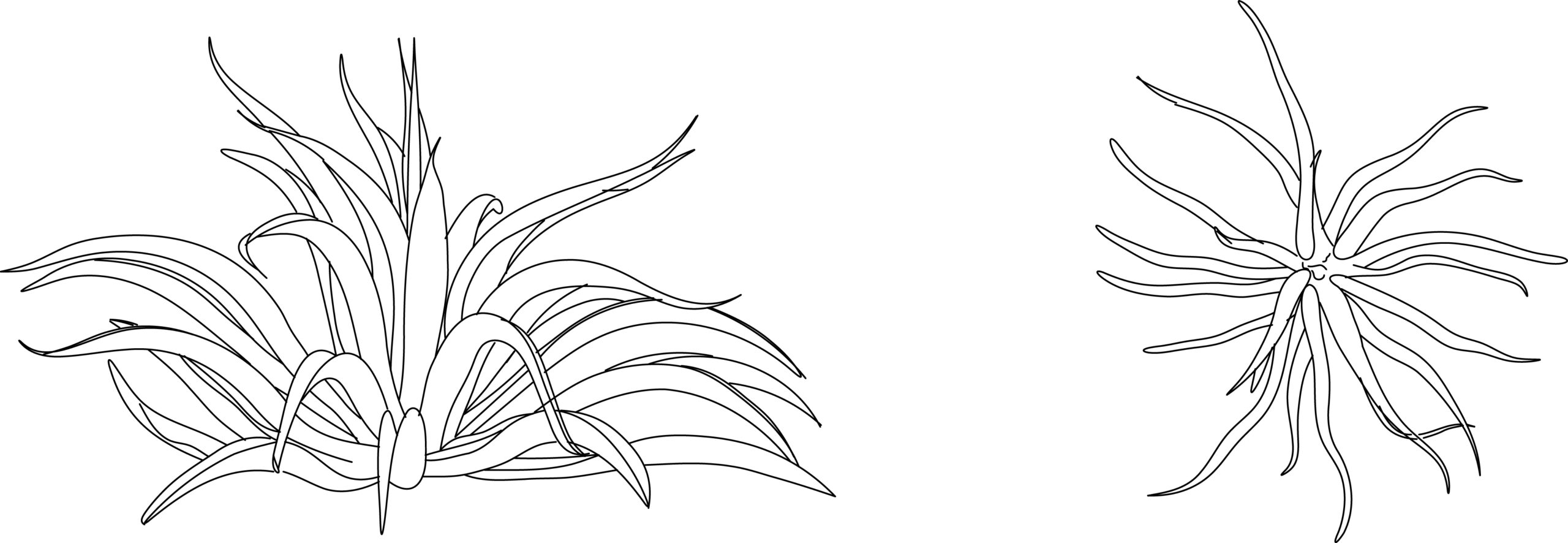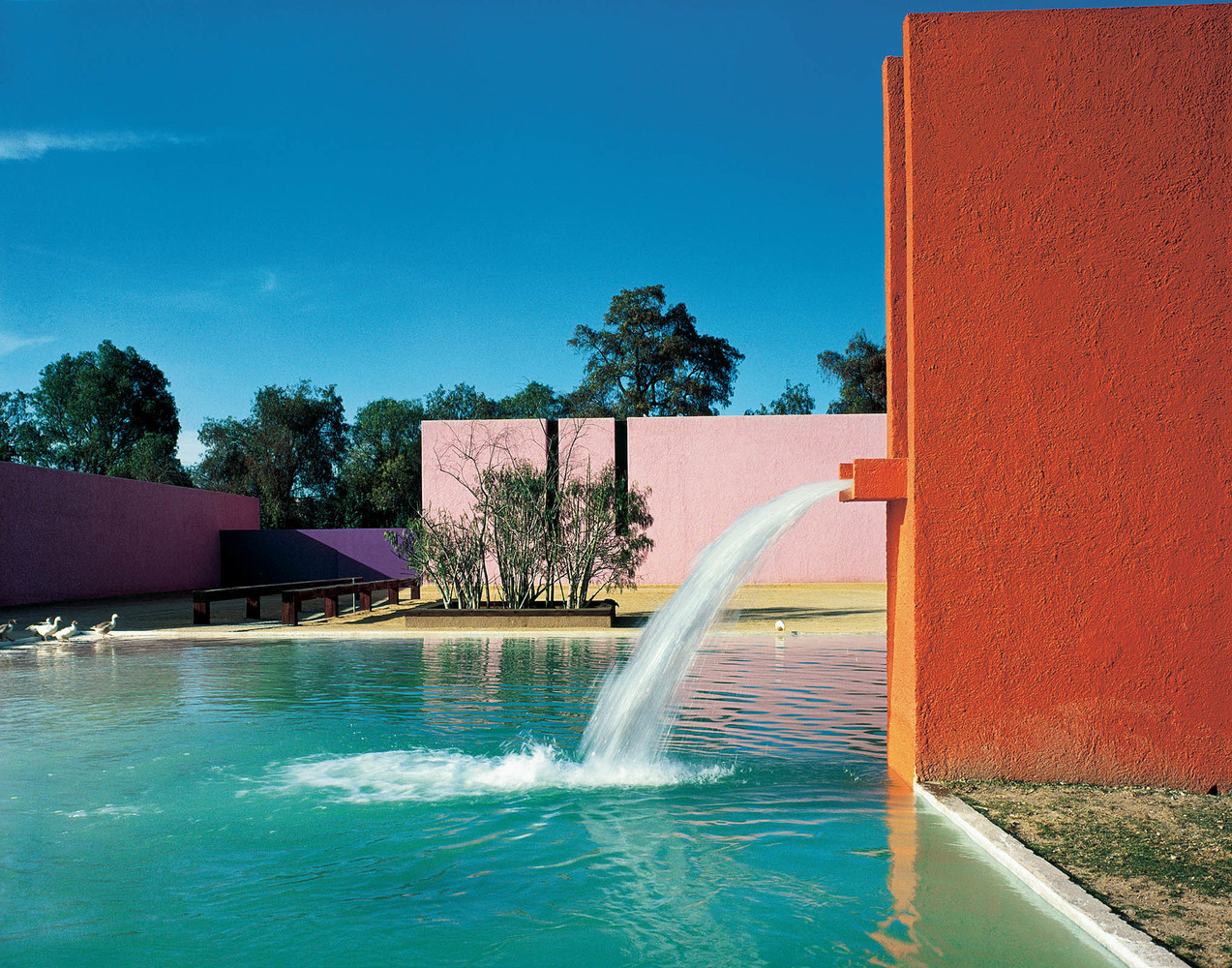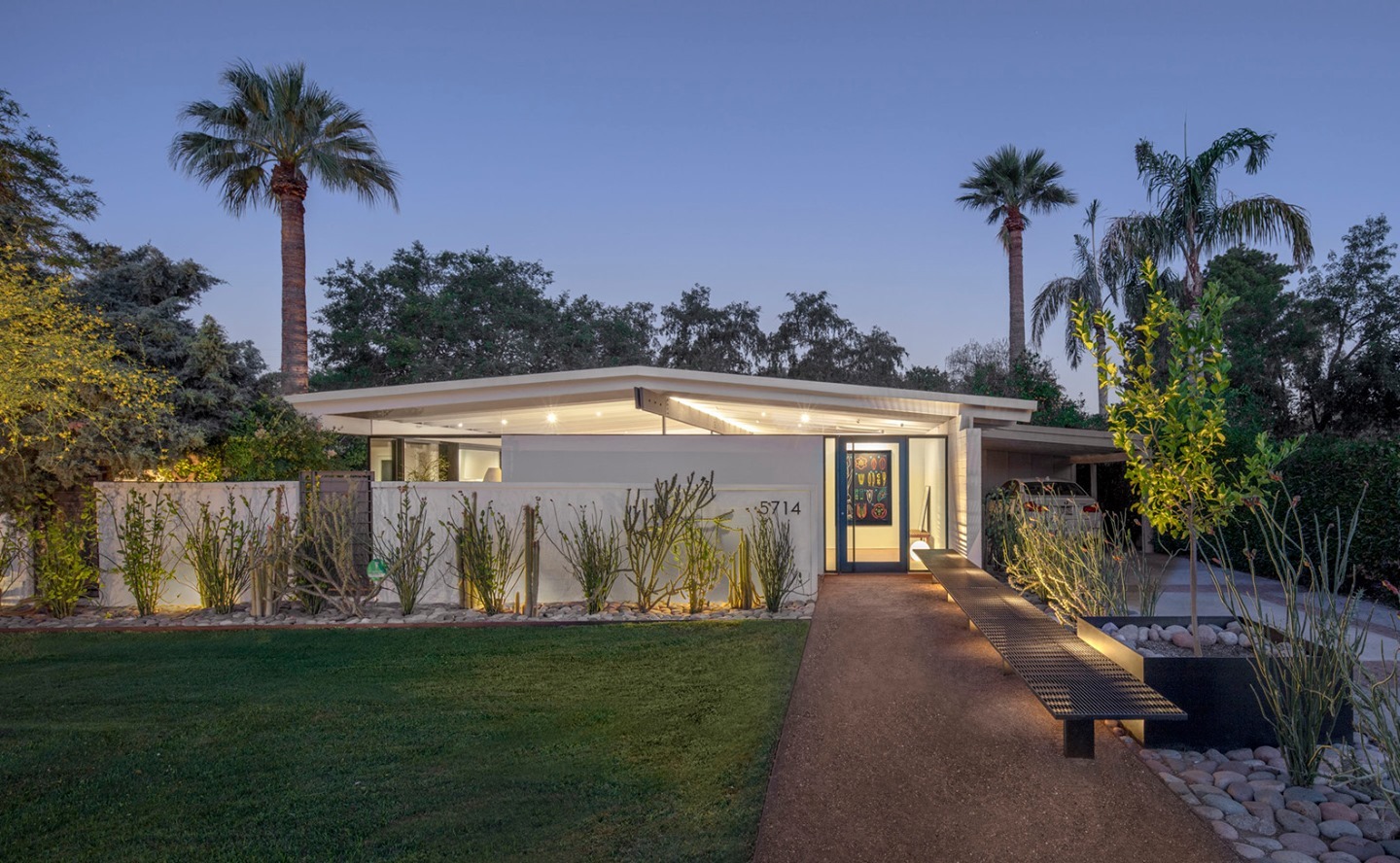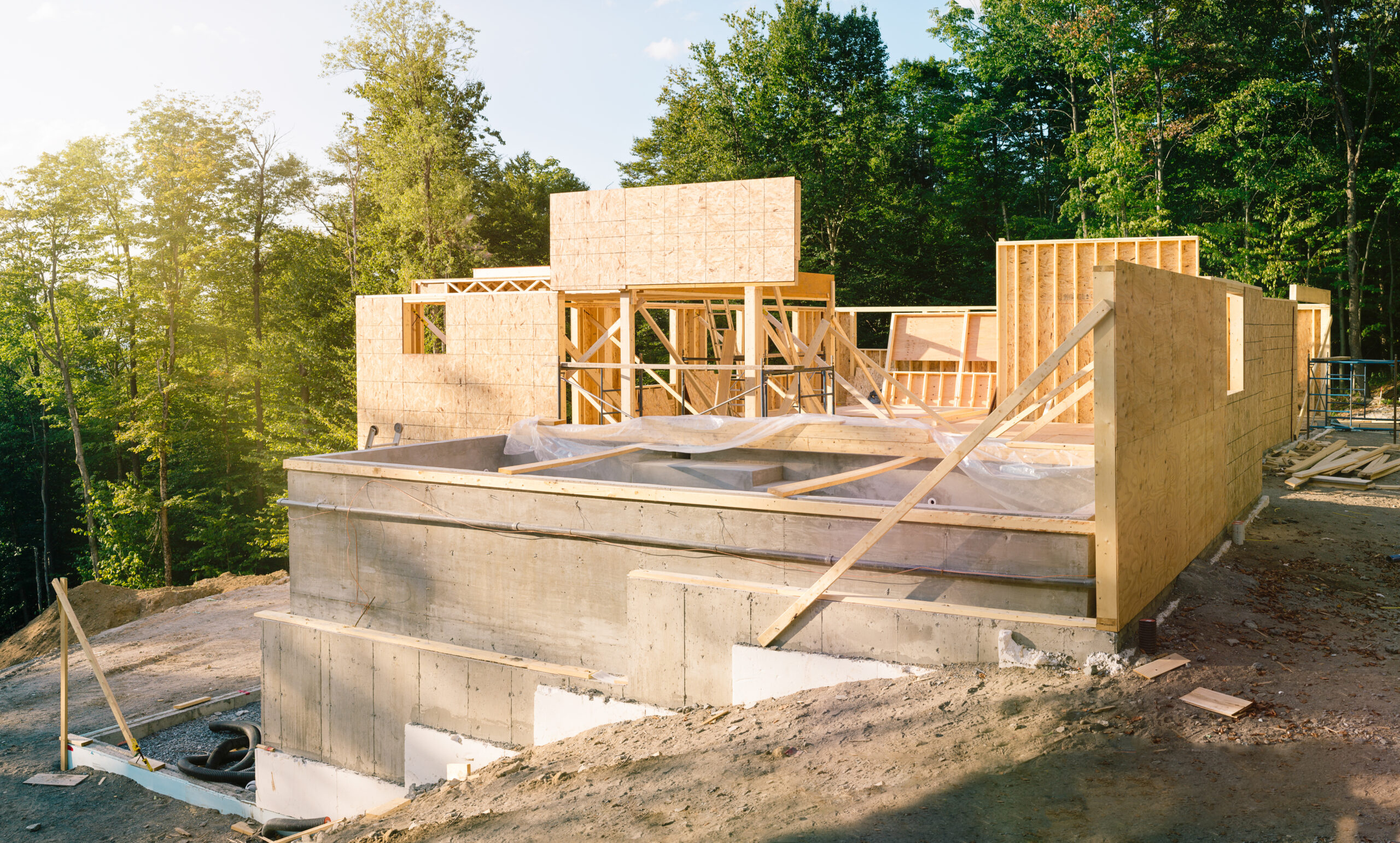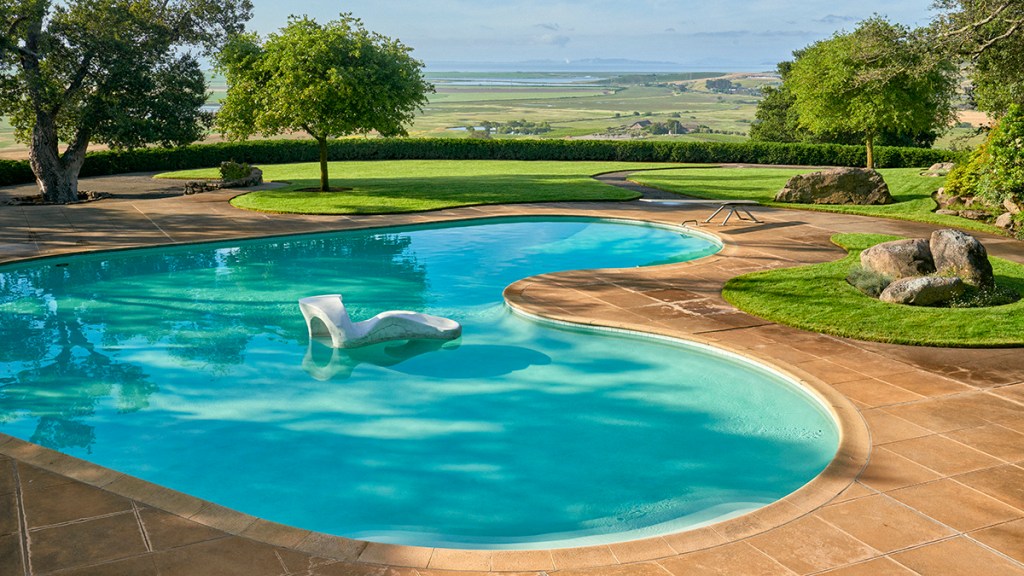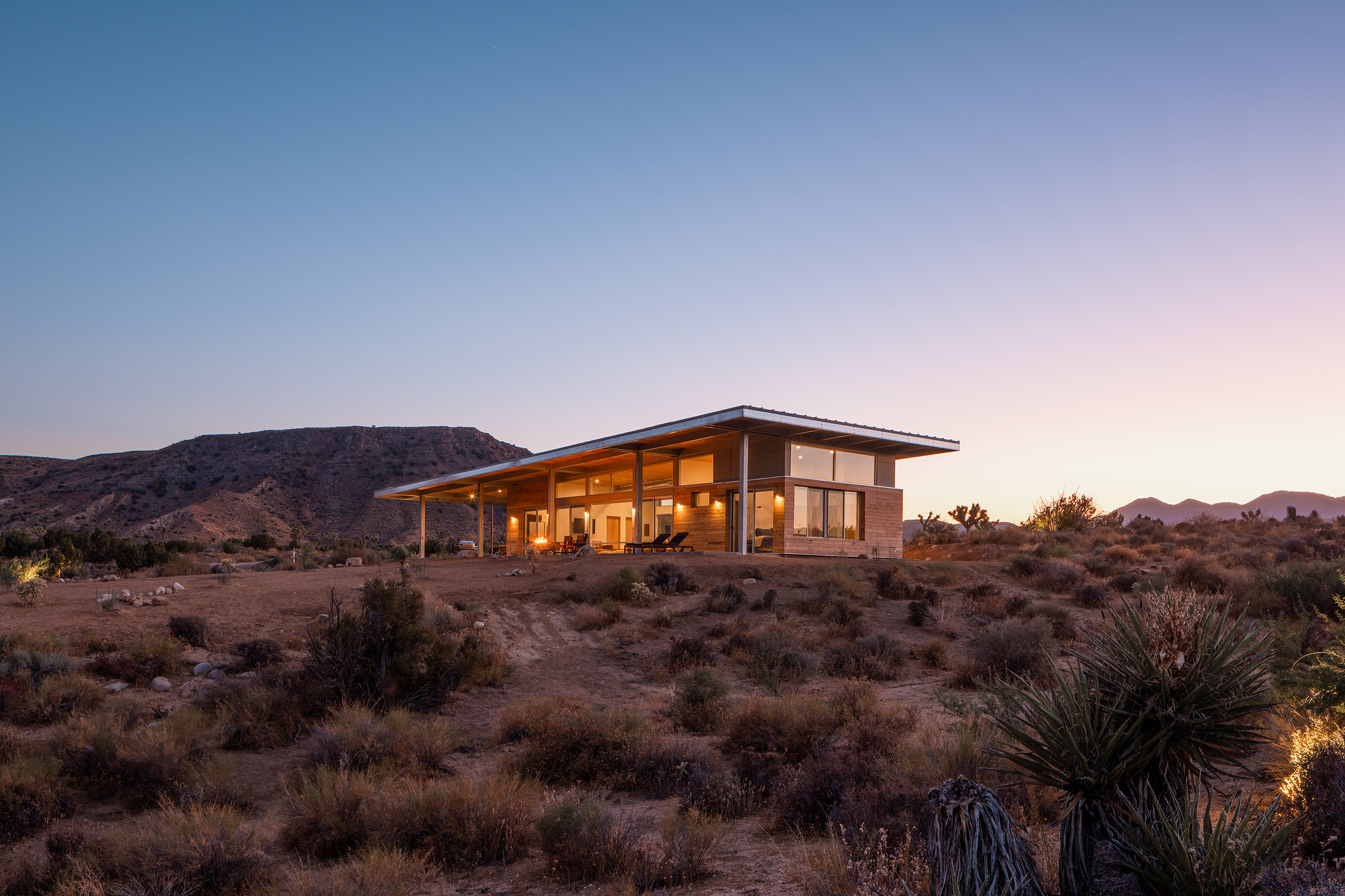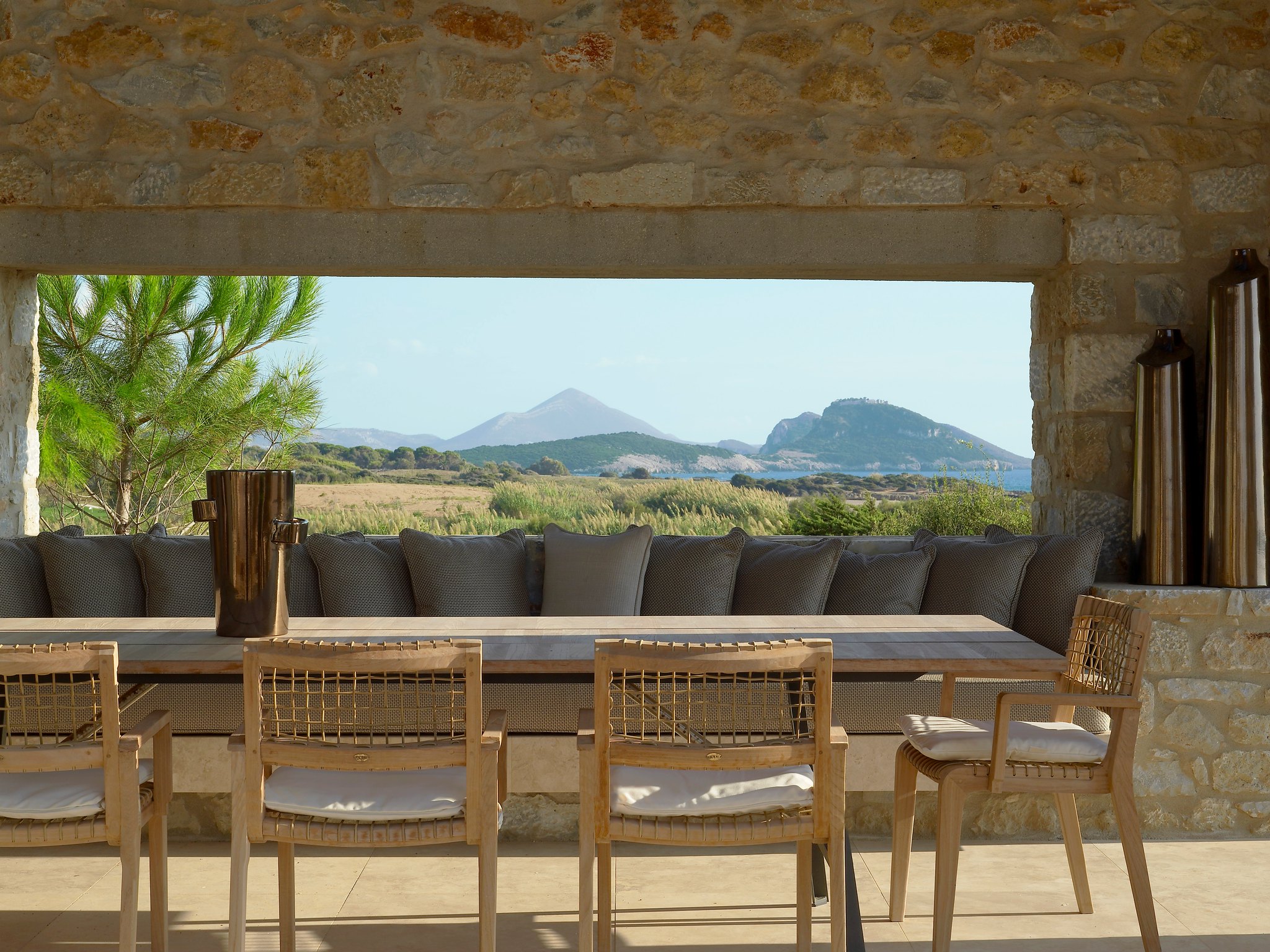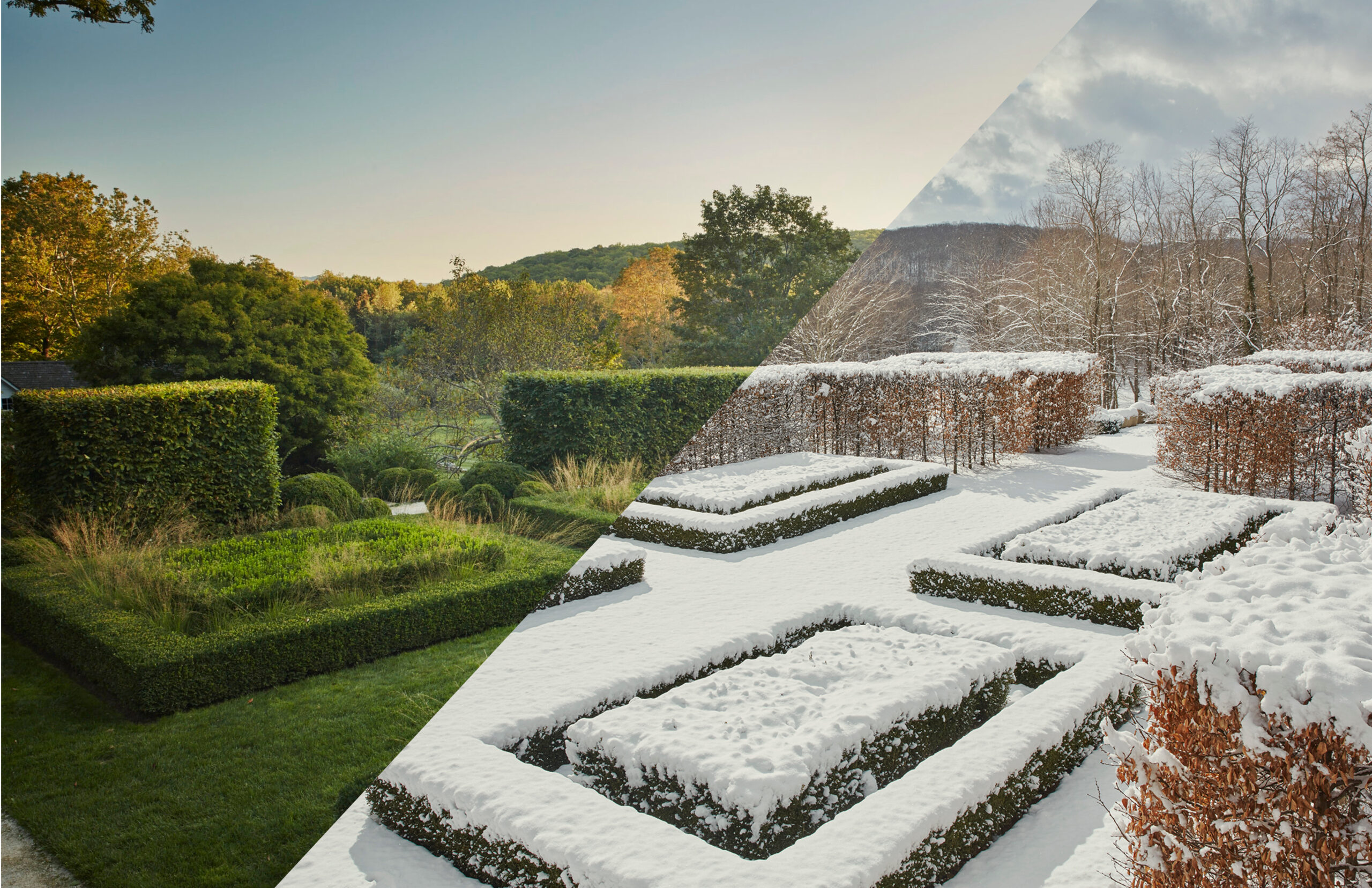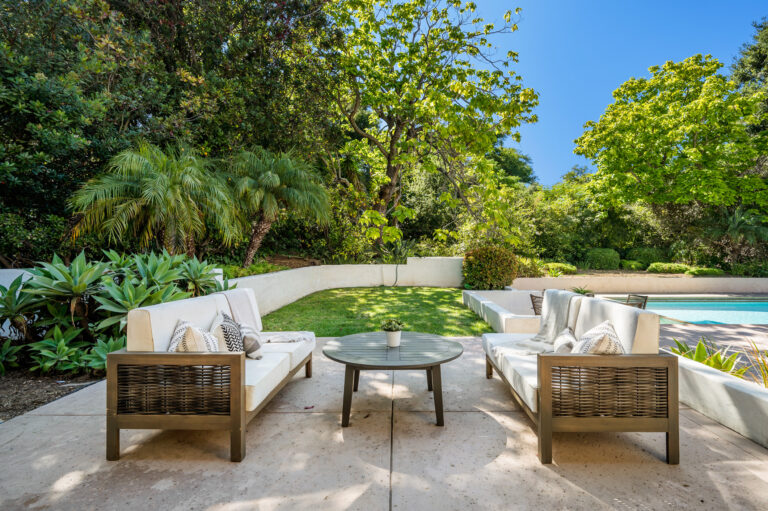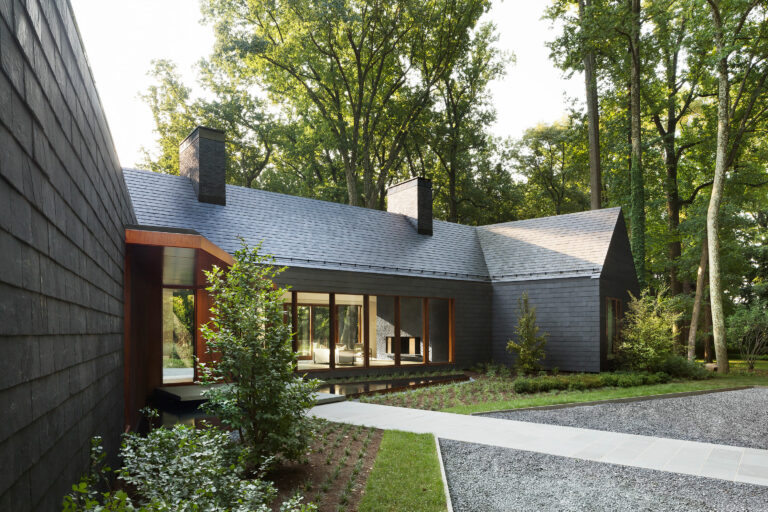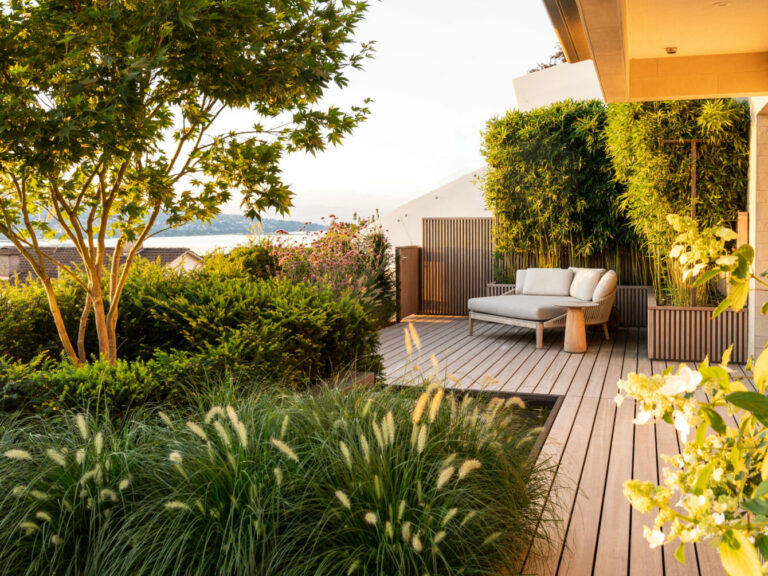Smooth Agave (Desmettiana agave)
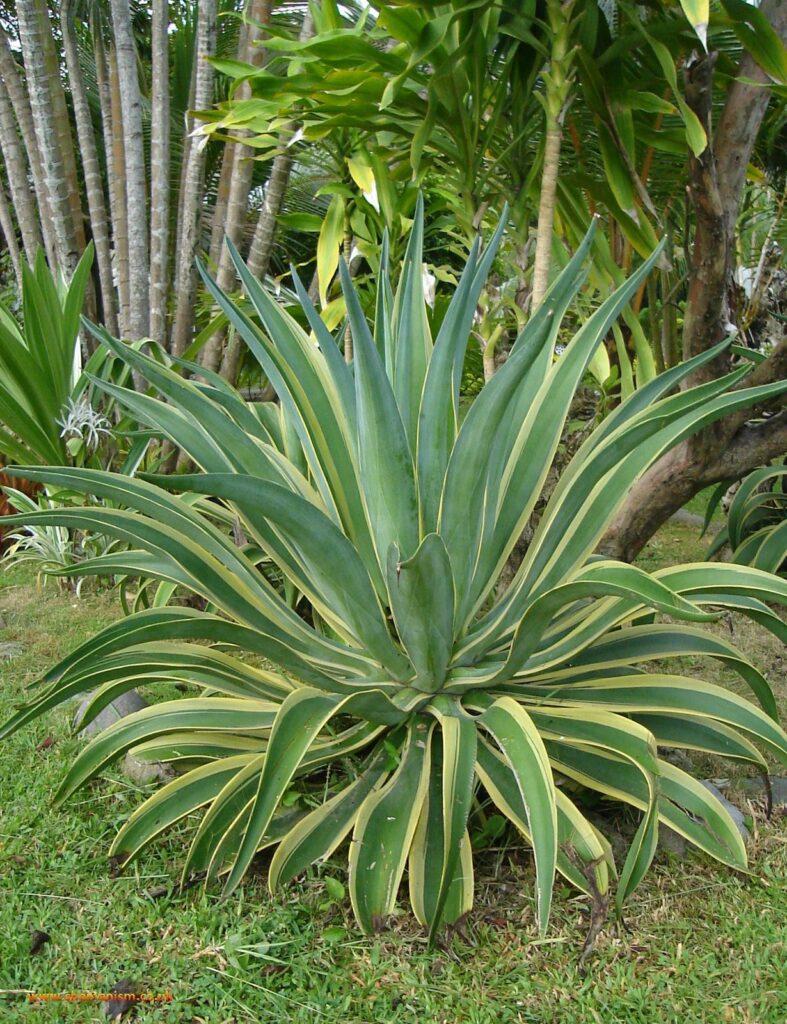
Key Planting Attributes:
- USDA Hardiness Zone: 9-10
- Height: 0 – 5 feet
- Width: 0 – 5 feet
- Growth Rate: Moderate Growing
- Grow Season: Spring
- Flower Season: Spring
- Color: Yellow
- Function: Accent
- Water Use: Moderate Water Use
- Landscape Use: Smooth Agave is a great accent or focal feature plant for desert gardens and is effectively used in mass or groups spaced at 5 to 6 feet on center. (1)
Other Characteristics:
Form & Character: Smooth agave is one of the ‘soft’ and ‘people-friendly’ agaves. It resembles a smaller, more formal version of Agave vilmoriniana (octopus agave) except for its proclivity to clump due to copious growth of basal offshoots. (1)
Growth Habit: Succulent, weakly fibrous, evergreen perennial, monocarpic (individual rosettes die after flowering), moderate growth rate ranging in height from 3 to 5 feet with an equal spread. Smooth agave produces many basal off shoots (short-stemmed rhizomes called ‘ramets’ or ‘chupones’). (1)
Foliage/Texture: Leaves are formed in regular rosette patterns, strap-shaped, succulent, deep green to 4-feet long. Leaves are usually recurved or reflexed and the margins are typically smooth but occassionaly have tiny spines. Leaves taper to a shorg, terminal tip that is reddish and about 1-inch long; coarse texture. (1)
Flowers & Fruits: After more than 8 years of age smooth agave will produce a thick, green, flower stalk with pale yellow flowers (1.5-inches long) after which the flowering plant dies (monocarpic habit), flower stalk grows vigorously and is very striking. The pale yellow flowers of smooth agave are massed on an 8- to 10-feet tall panicled flower stalk. Smooth agave can produce bulbils instead of mature fruit, which in time look quite interesting. (1)
Seasonal Color: None, except in the year that it flowers (late February until May). (1)
Temperature: Hardy to 27oF. In the colder parts fo the Phoenix basin, smooth agave will be partially to fully damaged by the cold every winter. (1)
Light: Filtered is sun best. Great when grown under light, dappled shade.(1)
Soil: Well-drained best. (1)
Watering: Apply only occasional water once established. (1)
Citations:
How to Water Smooth Agave (Desmettiana agave)
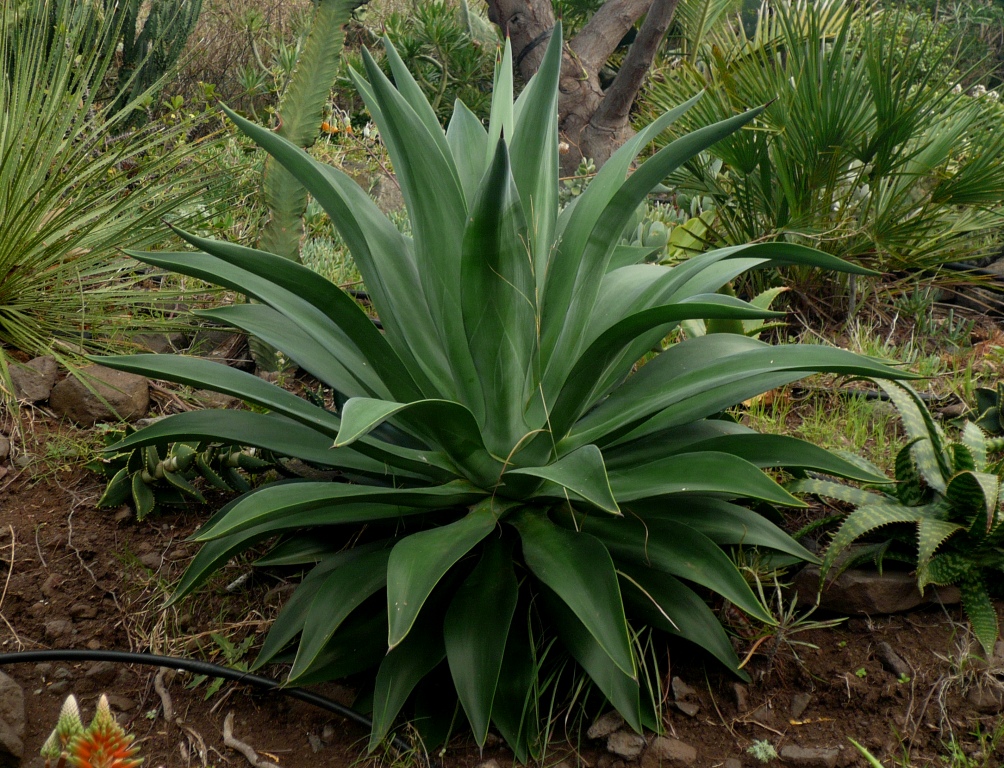
Agave Desmettiana, also known as Smooth Agave, is a beautiful and durable plant that can be grown indoors or outdoors. When planting agave, it is important to choose a site that has good drainage. Agaves can grow in a variety of soils, including sandy and rocky conditions, but they must have good drainage to prevent fungal root rot.
To establish Smooth Agave, dig a hole that is at least twice as wide as the new agave’s root ball, then back fill with the excavated soil and tamp down to eliminate air pockets. If the new agave is planted outdoors, protect it from winter rains by covering with a tarp or moving potted plants inside.
Although agaves are generally disease-resistant, inspect them regularly for pest infestations. Scale insects, mealybugs, and aphids can all cause damage to the plants. Occasionally, the century plant develops a fungal disease called leaf spot, which causes the leaves to turn yellow and shrivel. This condition is usually caused by a fungal pathogen that attacks the plant through its natural defenses and can be prevented by washing the leaves with insecticidal soap or neem oil.
Temperature Requirements
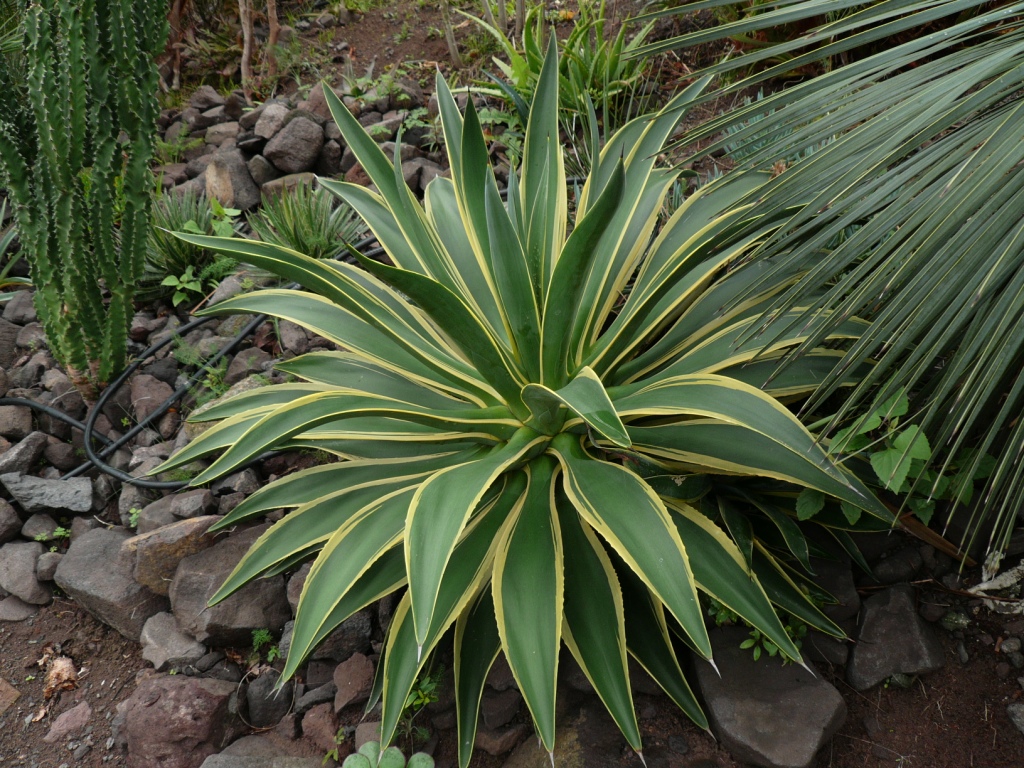
Agaves are adapted to the desert conditions of their native habitats, meaning warm summers and cool winters with moderate humidity. They are not cold-hardy and can be damaged by frosts or even a touch of snow, so bring potted agave plants indoors to protect them from the elements in areas where temperatures drop below 25 degrees Fahrenheit.
A good temperature for agaves is 65 to 75 degrees Fahrenheit, but they do well in warmer temperatures as long as there is plenty of sunlight. They dislike drafts, and they do not appreciate sudden thermal shocks. If your agave seems stressed, you will probably notice lackluster growth or discolored leaves as its response. A better way to help it is to place it near a sunny window with a little shade. The shade will also protect the agave from direct sunlight, which can burn its foliage.
This agave is a century plant, which means that it will grow one or more flower stalks once per year. When the flowers fade, they will produce a cluster of seedlings at their tip that can then be removed and replanted. The agave will also produce offsets, which can be replanted as well to multiply your plants.
In the spring and summer, water your agave more often and in greater quantities than at other times of the year. Fertilize agaves with a balanced, diluted liquid fertilizer once a month during the growing season.
The soil in which your agave grows should be gritty, with the ability to allow the evaporation of excess moisture. If you have sandy soil, amend it with a little nutrient-rich compost to improve its texture.
Repot agaves as soon as they become full-grown in their containers, or at least once every couple of years. Use a slightly larger container and fresh potting mix when repotting. It may take a while for the agave to settle into its new container, but it will eventually fill it out. Be sure to provide enough room for the plant’s rosettes to expand and mature. The potting soil will deplete itself of nutrients over time, so you need to replenish it.
ENROLL IN ONLINE COURSES FOR LANDSCAPE
What are the Light Conditions Needed for Smooth Agave
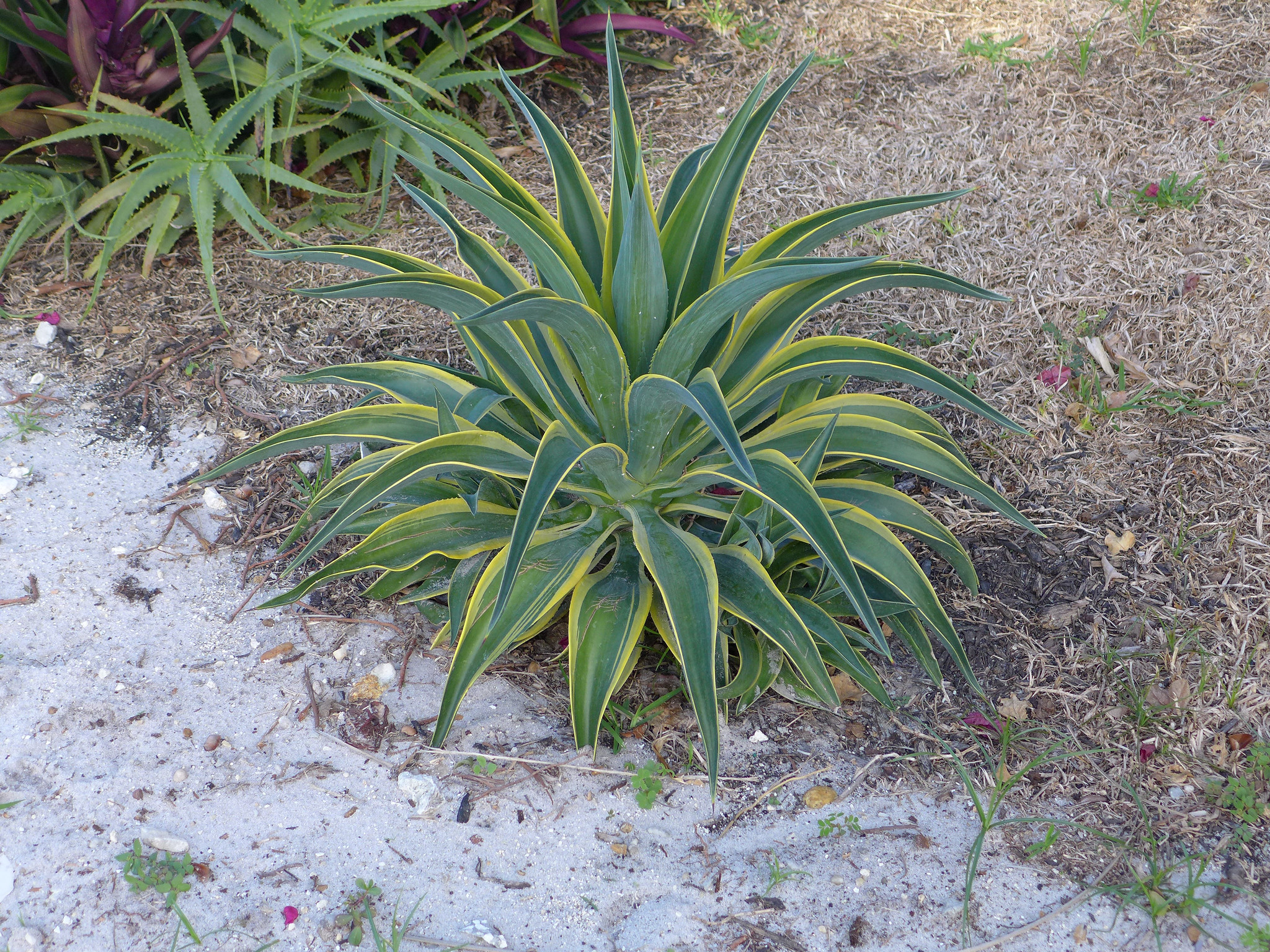
Agave Desmettiana is a cold-tolerant, suckering succulent that can be grown in containers or in the ground. It prefers full sun and a desert climate, but it can also grow in filtered sunlight in a warmer environment. The leaves of this agave are bud-printed, which means impressions of the leaves’ teeth are pressed into those of adjacent leaves to form a zigzag pattern along the midrib of each leaf. When this agave blooms, it produces bright yellow flowers that hang from the tip of a 15 foot-tall flower stalk. After the flowers fade, the plant dies, but the rosette may produce offsets that can be used to propagate new plants.
When growing a agave in a container, choose a pot that is heavy, shallow and wide for the size of your plant. Fill it with cactus and succulent potting mix and add drainage holes to the bottom. Water your agave regularly during the hotter months, and allow the soil to dry out in between waterings. Avoid overwatering, as this can lead to root rot and kill the plant.
If your agave’s leaves start to droop, this could be an indication of disease or pest infestation. Look for woolly white insects clinging to the plant (which are probably mealybugs) or check for black spots on the leaves, which could be a fungus known as agave rot. If your agave is planted in the ground, examine the soil frequently for signs of insect damage and treat as needed.
Agaves are a no-fuss plant that is easy to care for once you understand their specific needs. Water them less often than other succulents and cacti, but do not let the soil get too dry. Use our water calculator to personalize watering recommendations for your area or download Greg, our smart plant care assistant, to get more advanced recommendations for all of your plants based on the weather in your zip code. This agave grows best when exposed to abundant sunlight, so place it less than 1ft from a window to maximize the potential for growth.
Citations:
Article Generated by AI, Proof-Read and Checked by Editor
